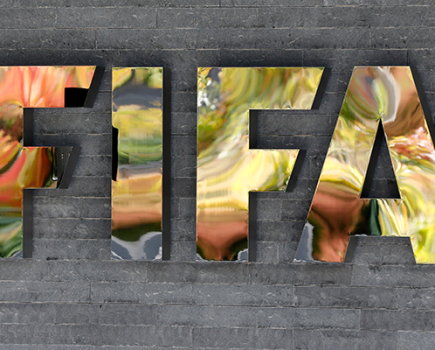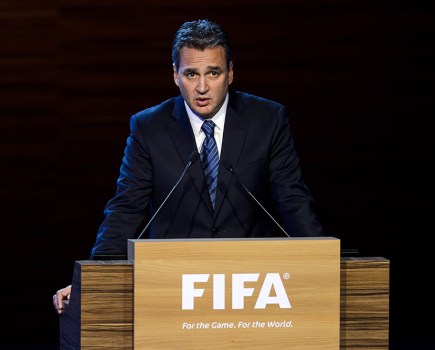 Votes for women? It’s a semi-hidden issue within FIFA because many of the world’s federations may have missed the significance of a change in the world’s federation’s statutes.
Votes for women? It’s a semi-hidden issue within FIFA because many of the world’s federations may have missed the significance of a change in the world’s federation’s statutes.
Up until now, a place at the executive high table has been obtained only through the formal approval of five of the six continental confederations (Oceania has only one slot on the FIFA exco which is taken, naturally, by its own president).
But the reform process has opened up the possibility for any federation to try to go direct to ‘Go!’ . . . as long as it can lobby enough ‘local confederation’ support for its chosen woman candidate.
At FIFA Congress in 2011 re-elected president Sepp Blatter promised that the reform process would ensure the presence of a woman on the exco.
It was all somewhat gauche – as if the cosy, male-dominated world of football had only just discovered the existence of women – but it was an important step towards connecting with the real world. In any case, football is far from the only sphere confronting the issue of positive discrimination in the work place.
Never mind what Blatter said and never mind what Mark Pieth and his reform team recommended, a number of members of the exco remained unconvinced.
Only after Blatter reminded them that the promise had been hailed on the floor of Congress did he obtain clearance to use the co-opting mechanism to bring Burundi’s Lydia Nsekera on to the exco at this past year’s Congress in Budapest.
Nsekera is there only for the current year. Simultaneously FIFA’s statutes have been upgraded and amended – despite grumbling in the exco – to provide for the election of a “Representative of Women’s Football” at the 2013 Congress which opens in Mauritius next May 30.
Article 24 point 3 of the 2012 statutes says: “Each confederation may propose one candidate for the office of Representative of Women’s Football based on proposals from its member associations.”
Nominations in writing must be lodged with FIFA four months before the start of congress which means, before the end of January. Of course, some regions (South America, Asia) may find it harder than others – for varying cultural reasons – to come up with credible candidates.
In fact, a limited and entirely unscientific straw poll by this writer suggests that very few federations, if any, are awake to the opportunity on offer to any and every one of them.
Should not the United States Soccer Federation, such a power in the women’s game, want CONCACAF to put forward its own favoured candidate?
Should not Germany, which staged last year the most successful Women’s World Cup to date, not want UEFA to push its own nomination? And UEFA already has a woman in apparently prime position on its executive committee in Norway’s Karen Espelund.
Then what about the Chinese, Japanese and Koreans who have understood better than most the international representative potential of the women’s game?
Federations still have time to seize the opportunity and make the case for their own candidates to their confederations.
One point to note, mind: Article 24 point 3 does not state specifically that the “Representative of Women’s Football” must be a woman . . .






